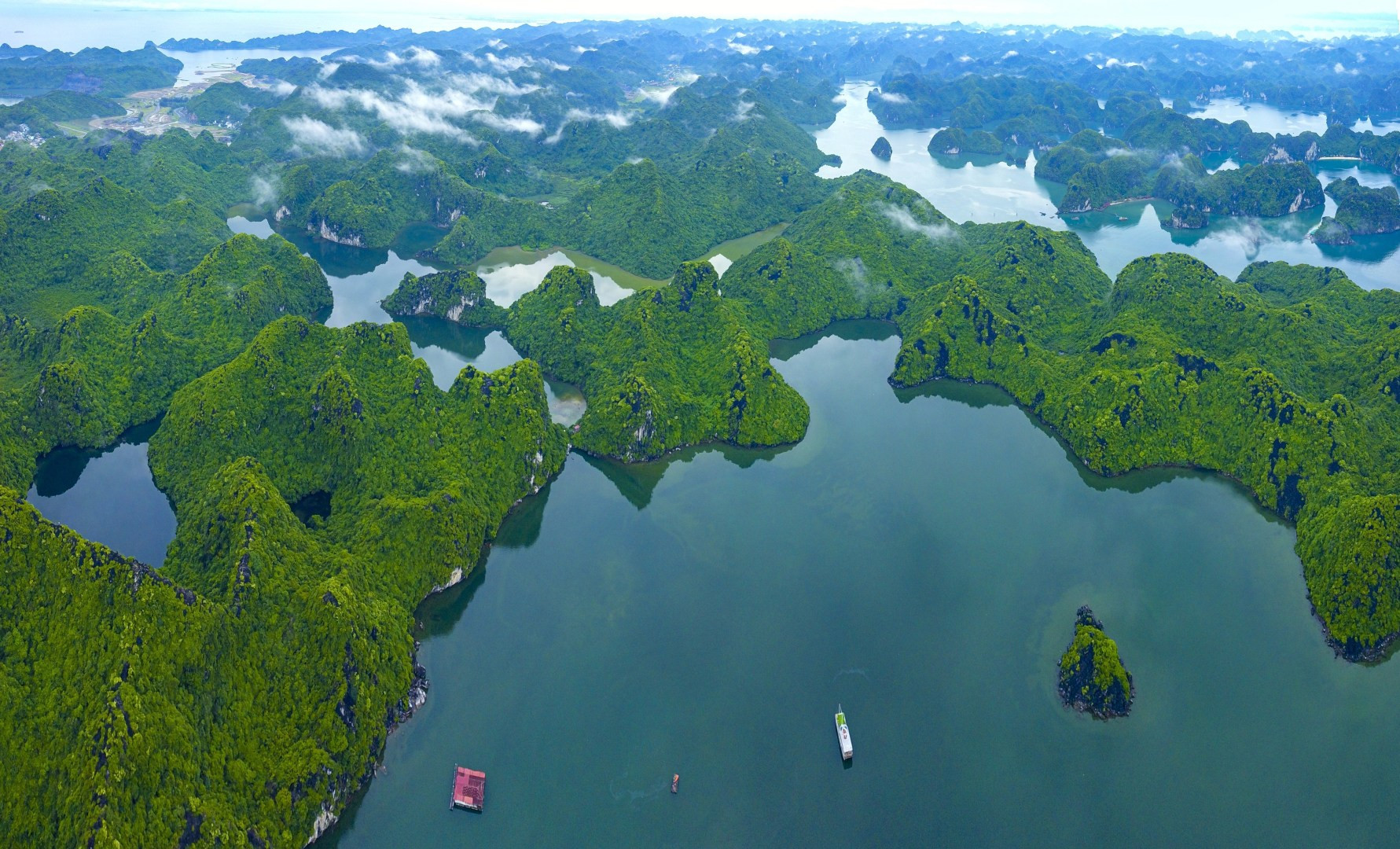
It is a call to action for all stakeholders to halt and reverse the loss of biodiversity by supporting the implementation of the Kunming-Montreal Global Biodiversity Framework, in order to halt and alleviate biodiversity decline in the decade of “Ecosystem Restoration”.
IDB 2024 is expected to increase the visibility in the lead-up to the 16th meeting of the Conference of the Parties to the Convention on Biological Diversity (COP16) to be held in Colombia from October 21 to November 1, 2024.
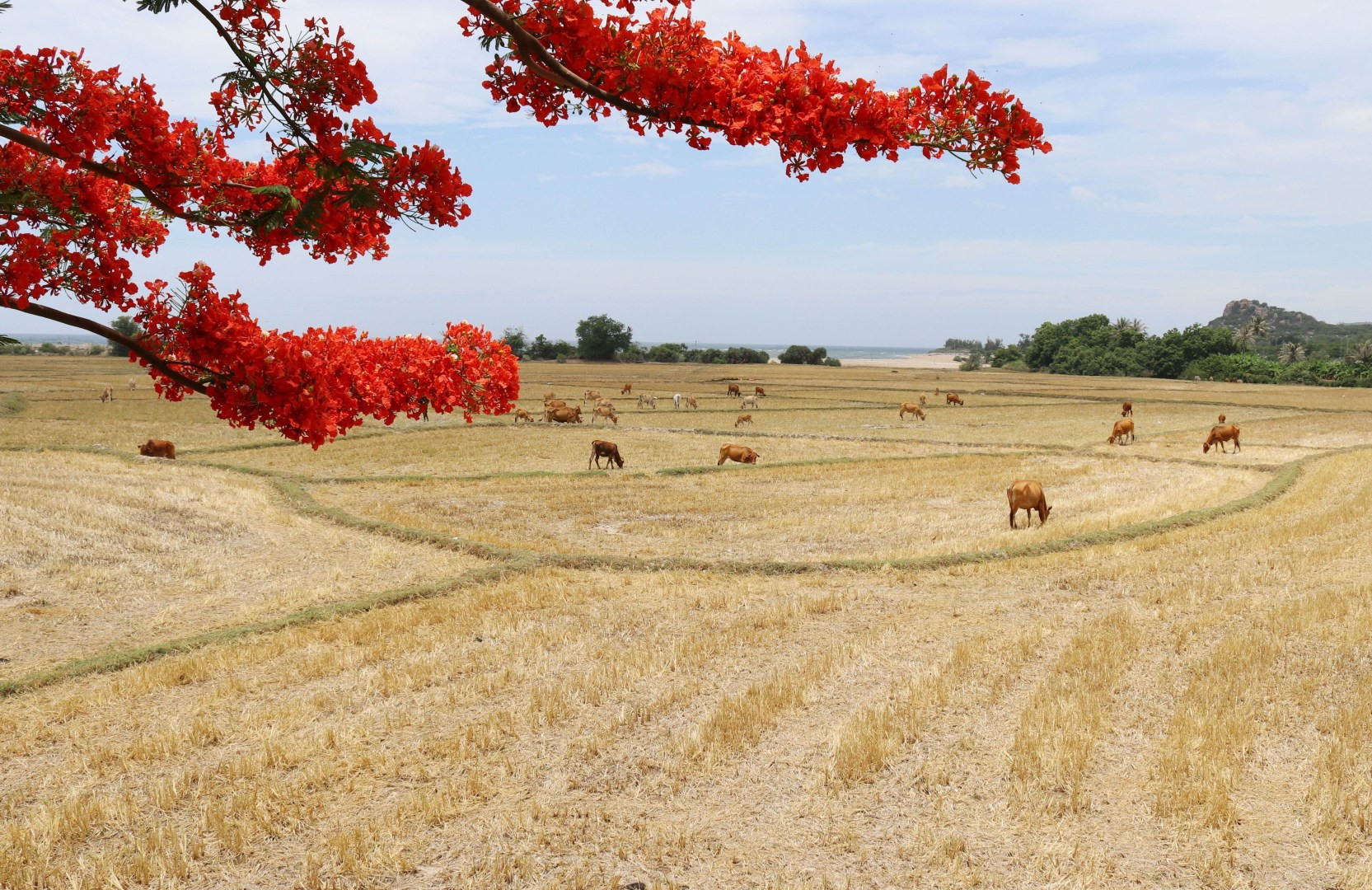
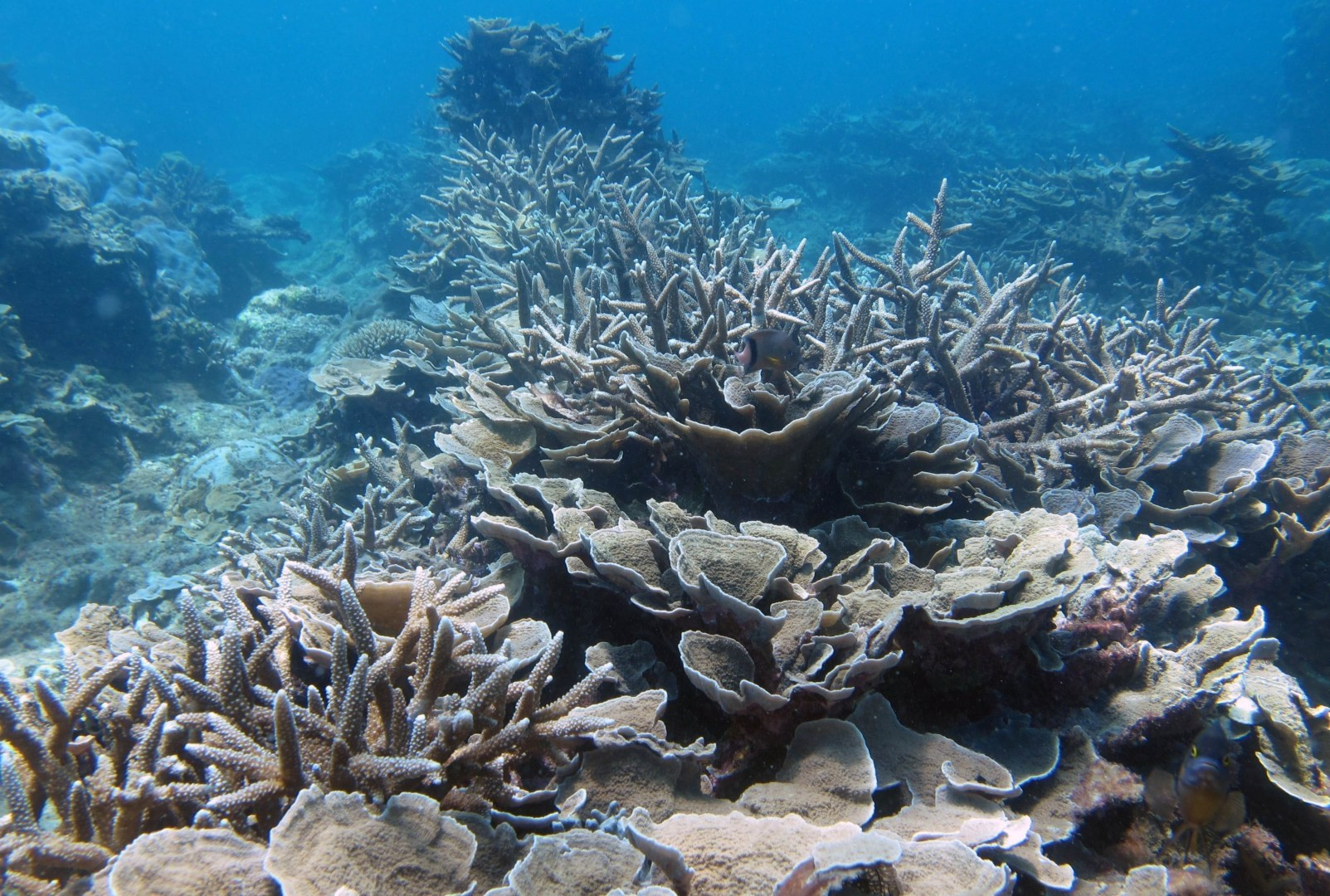
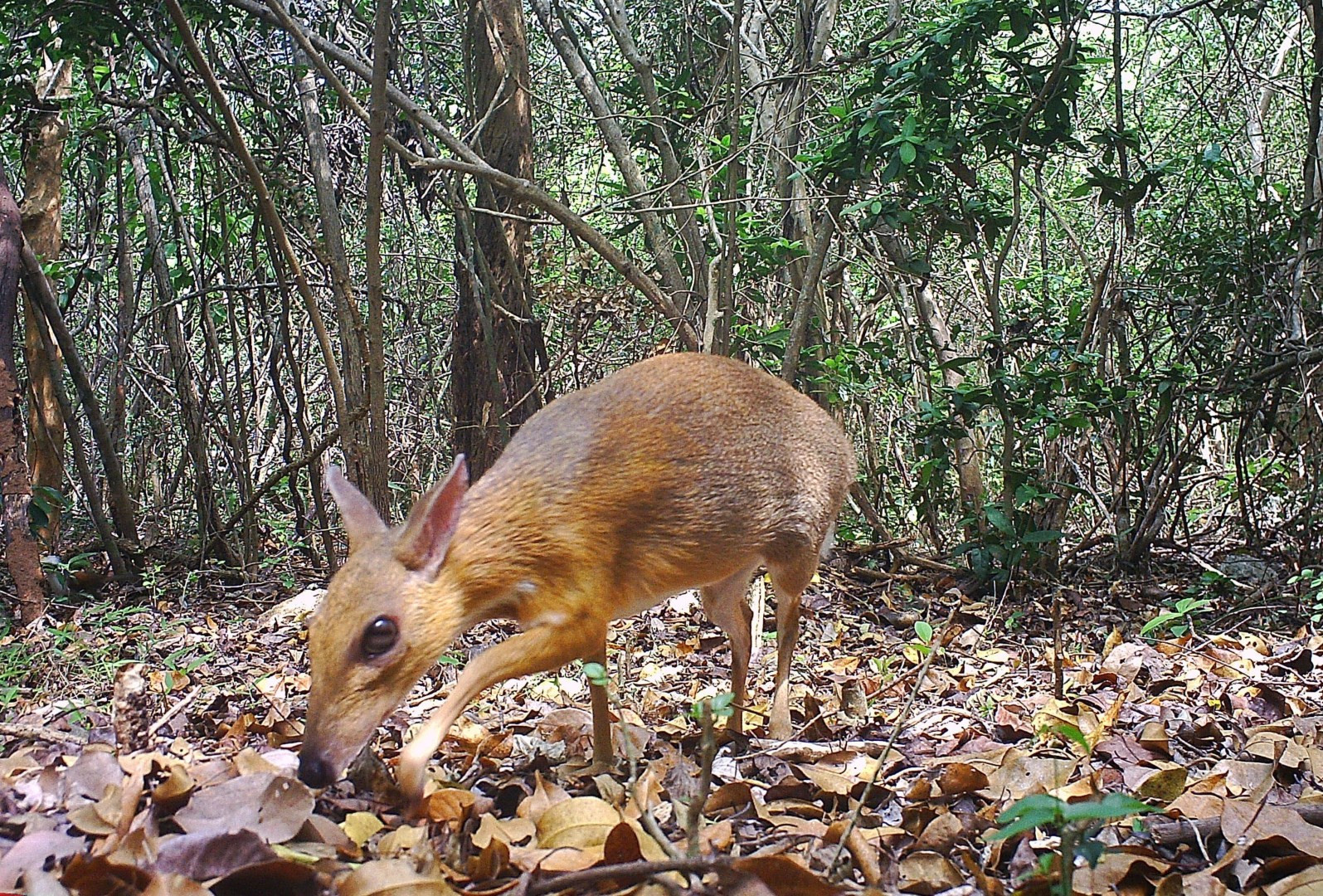
Living sustainably in harmony with nature
In response to IDB 2024, the Ministry of Natural Resources and Environment has requested ministries, sectors and localities to step up communication, education and raise awareness about biodiversity in the national sustainable development strategy. The ministry also requested the integration of biodiversity conservation into educational programmes while promoting a lifestyle in harmony with nature.
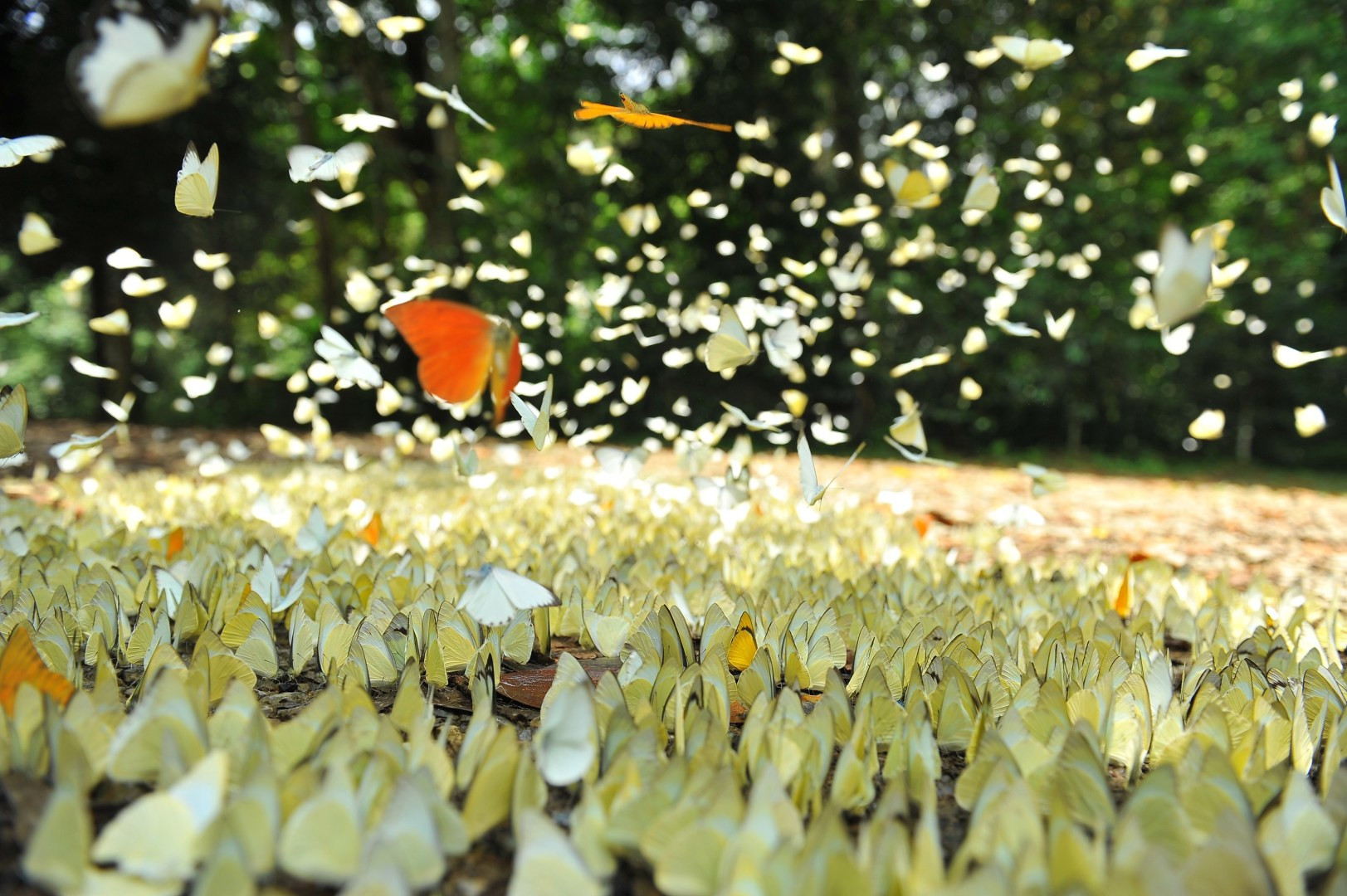
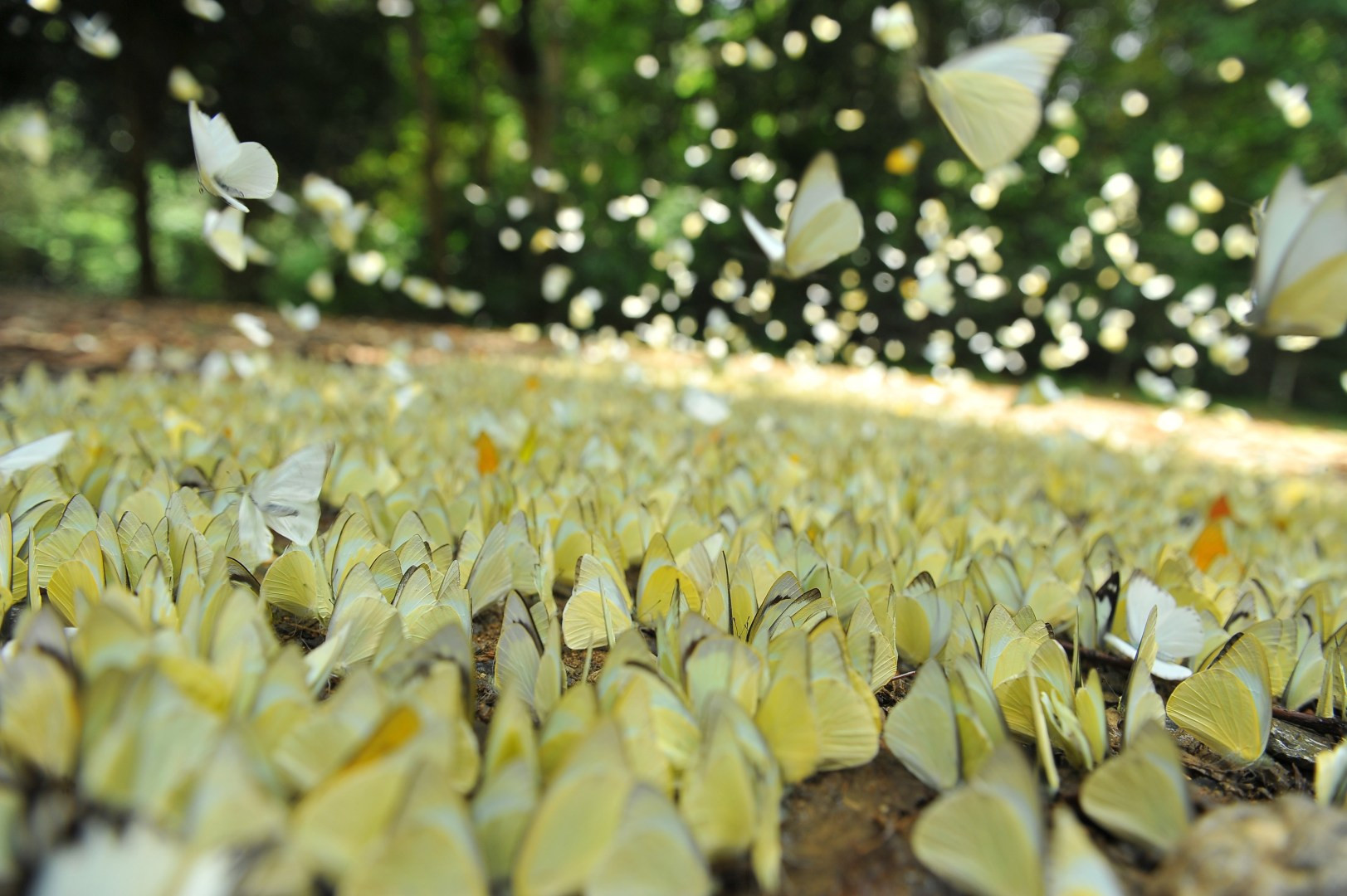
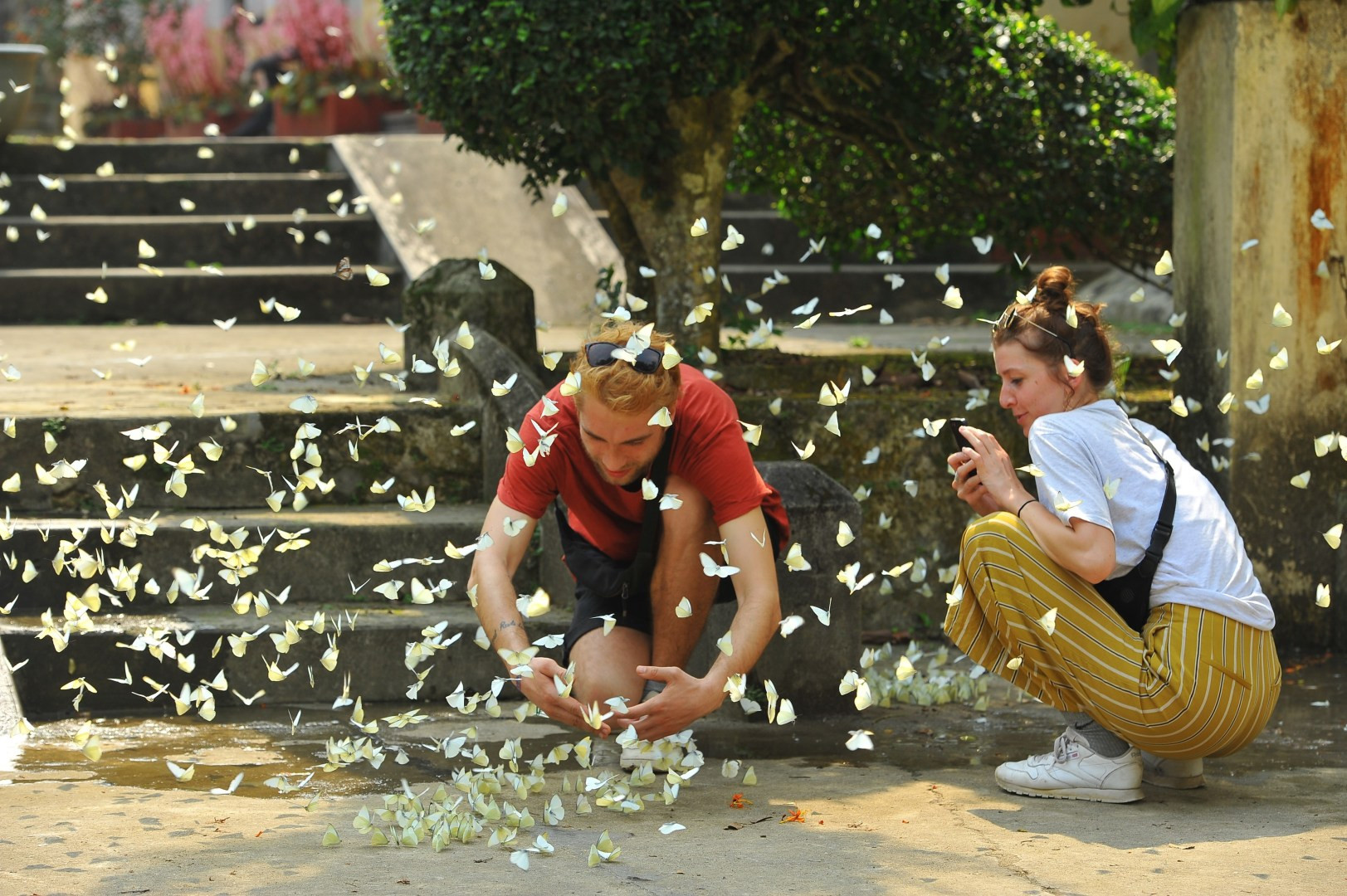
The units are requested to continue to effectively implement the Vietnam National Biodiversity Strategy until 2025, contributing to the realisation of the Kunming-Montreal Global Biodiversity Framework which has been approved at COP15. They are also to popularise and implement programmes in the field of natural preservation and biodiversity.
It is important to prevent overexploitation and illegal trade in wild fauna and flora, and protect sustainable customs and practices of local people living in vulnerable areas, such as national parks and areas designated as natural heritage sites.
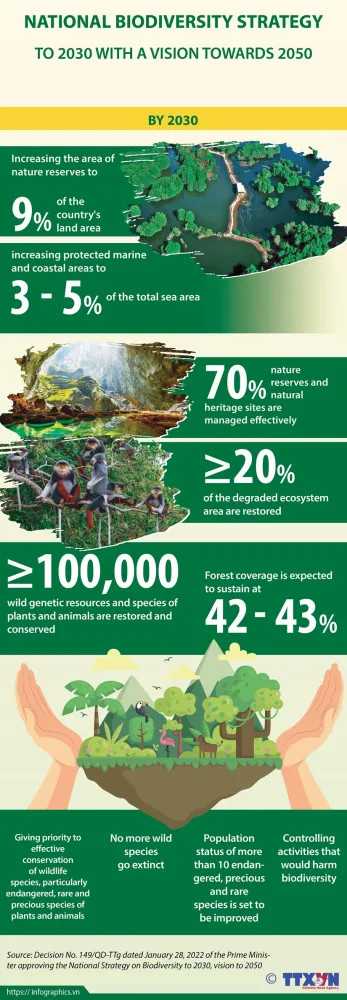
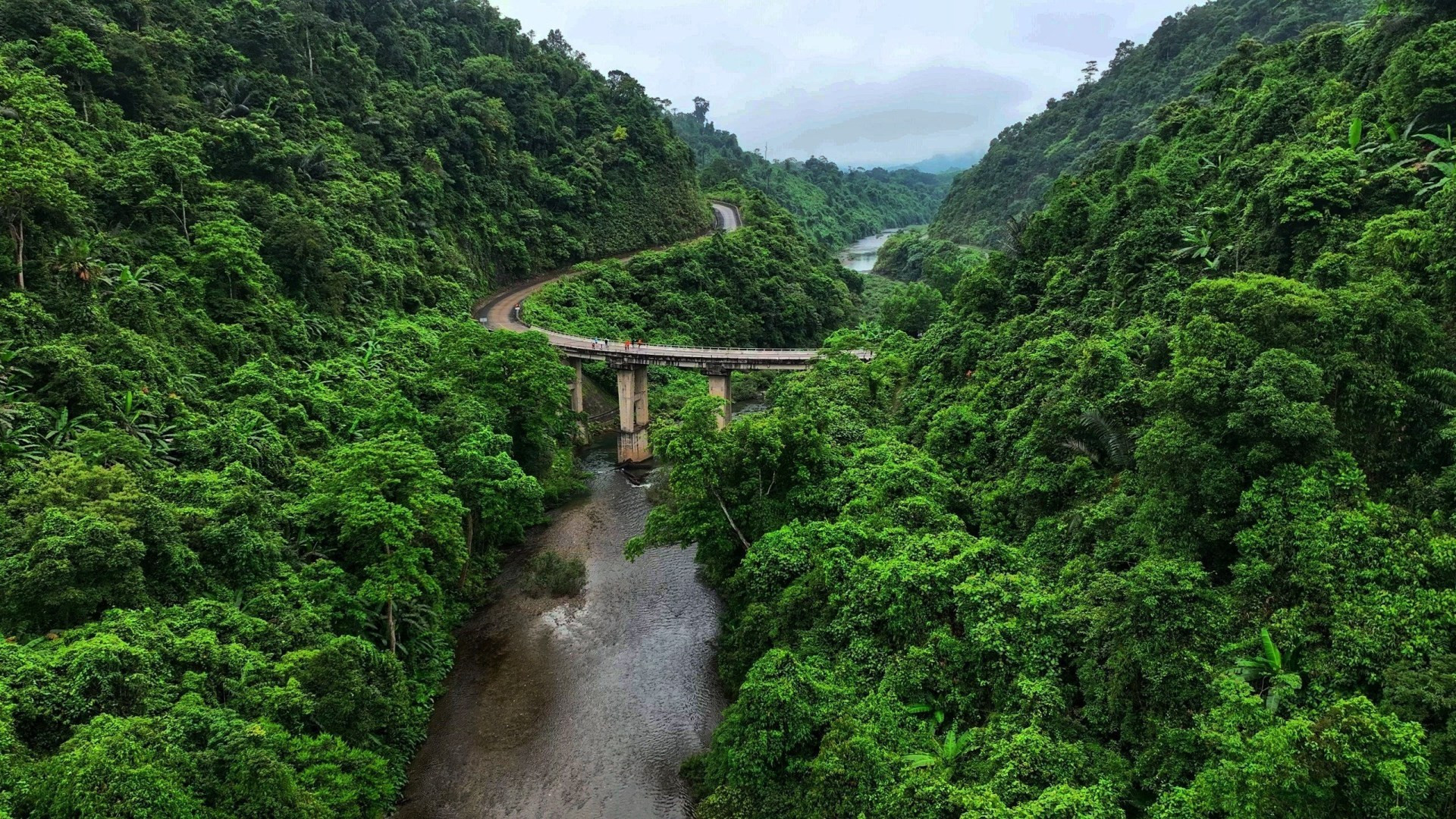
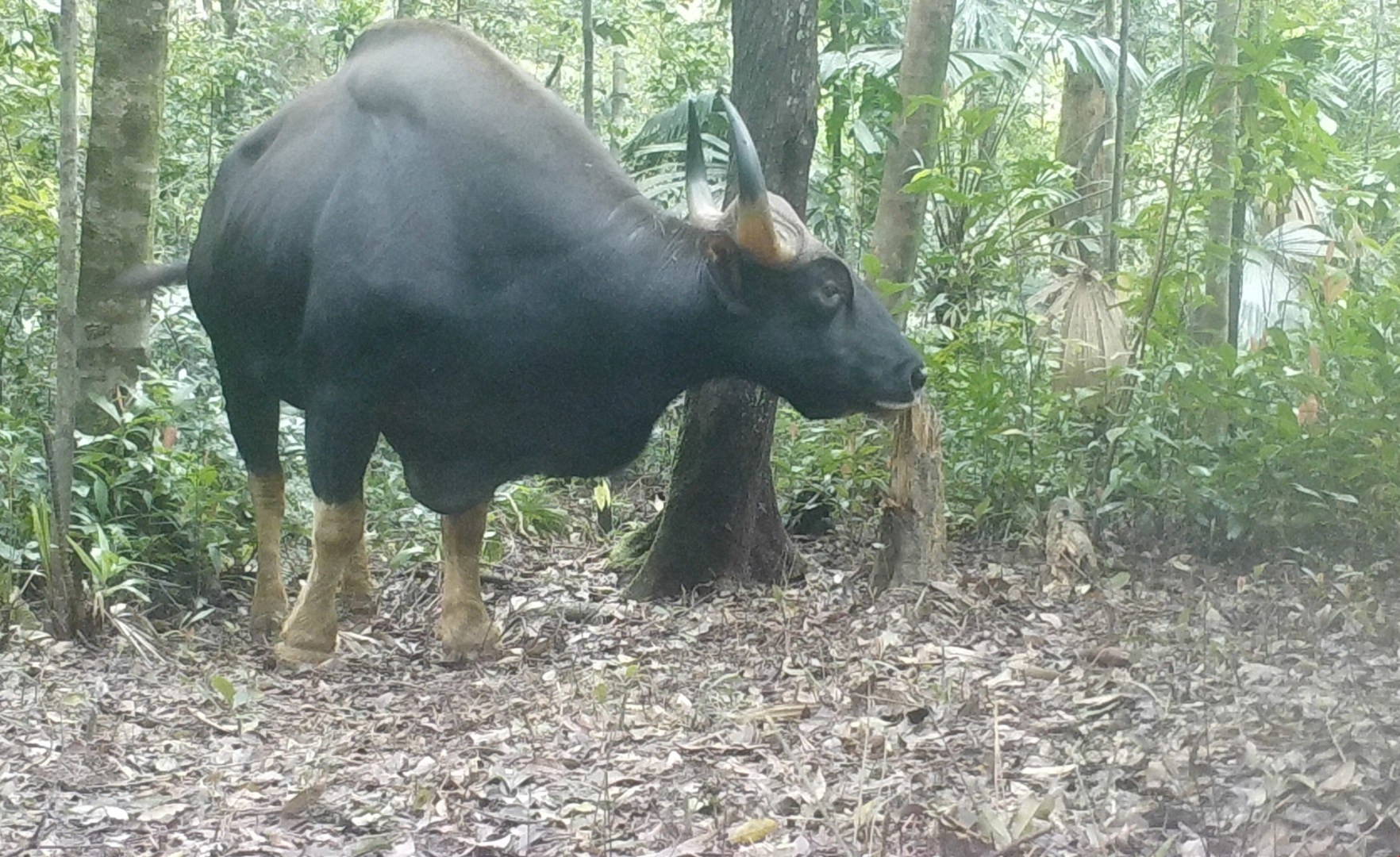
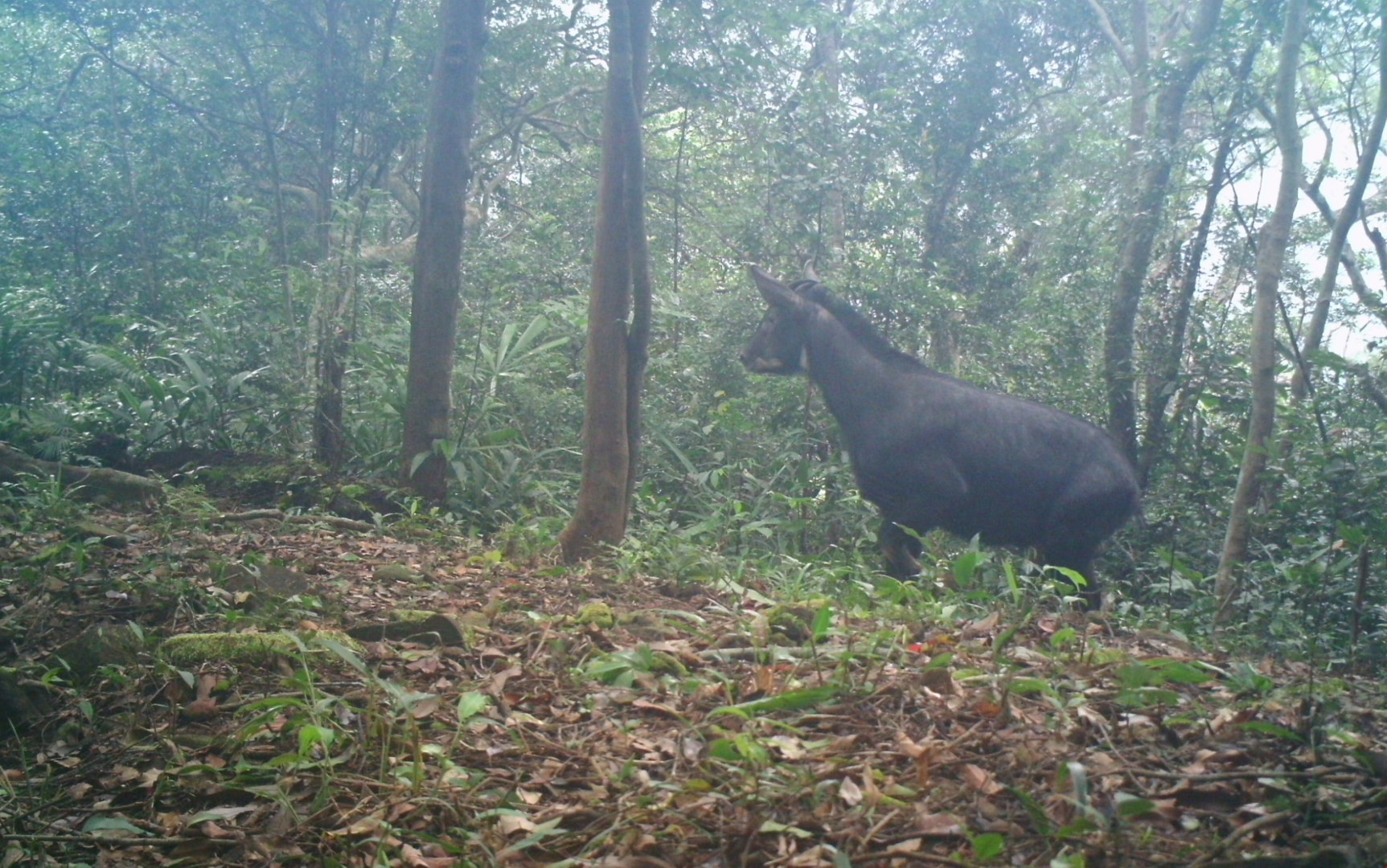
Vietnam is recognised as one of the 16 countries with the highest biodiversity in the world, boasting around 51,400 species. However, the country is currently facing a growing trend of biodiversity decline.
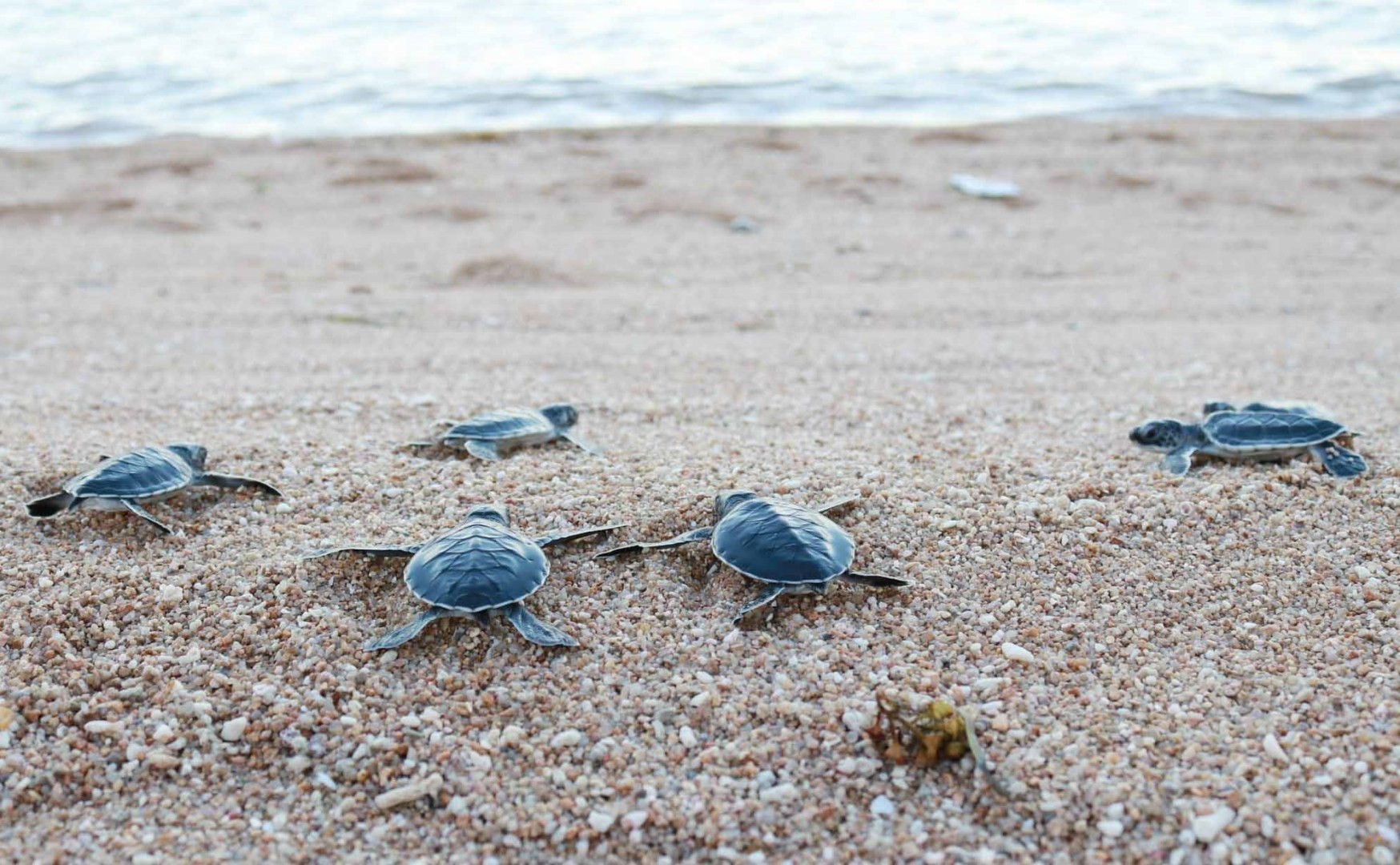
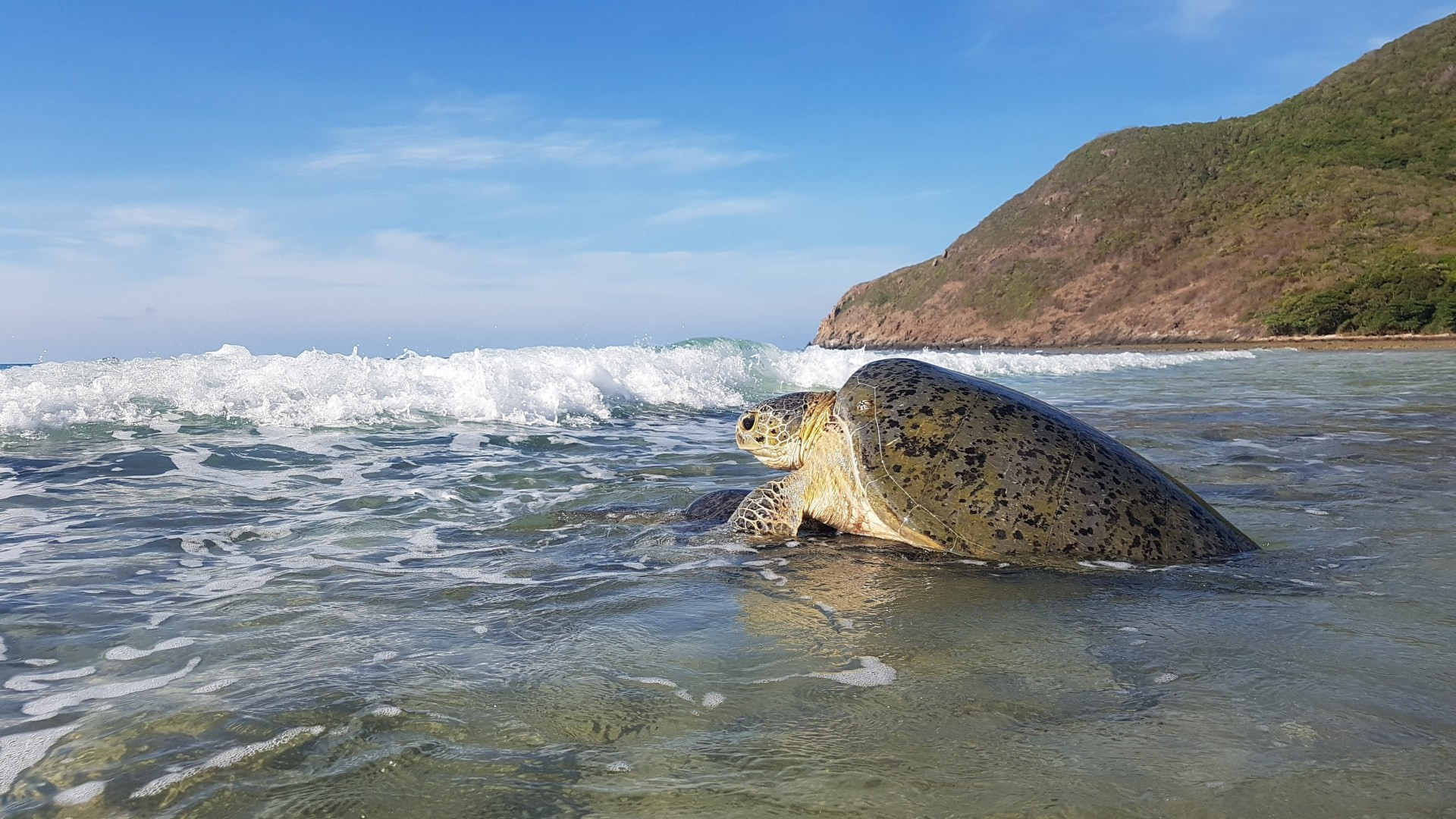
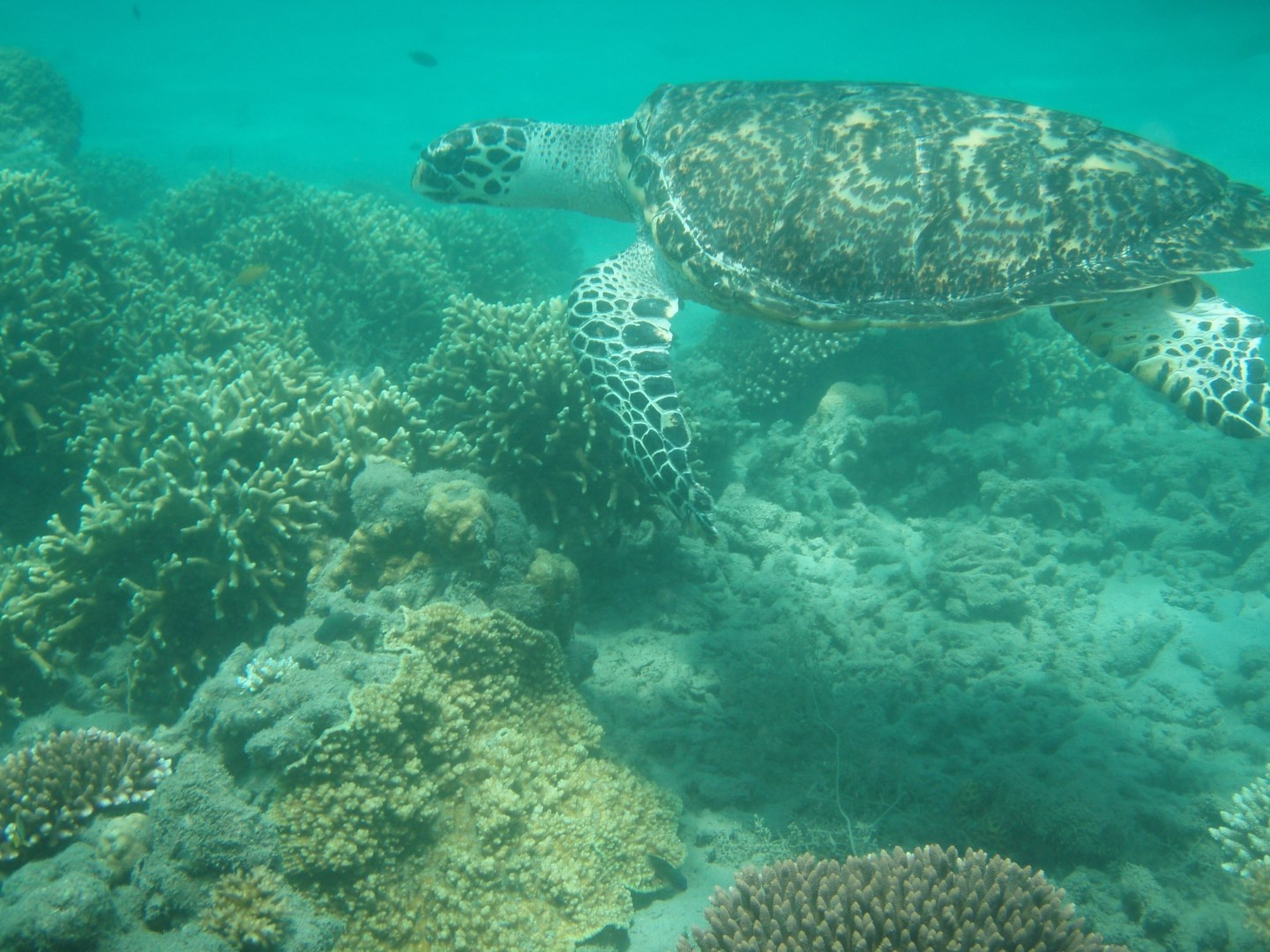
Mitigating the occurrence of invasive alien species
The Ministry of Nature Resources and Environment has requested units, and localities to have solutions to prevent the impact of invasive alien species on biodiversity through control measures, strengthen the management of routes of import or eradication of invasive alien species.
The ministry said that it is necessary to study and apply solutions to reduce pollution and minimise impacts of climate change on biodiversity by reducing emissions, reducing plastic waste, strictly managing pesticides used in agricultural, forestry and fishery production, disease management, and sustainable intensive farming.
It is crucial to promote the development of databases and strengthen capacity in investigation, and monitoring of data on biodiversity while honoring individuals, collectives and communities that have practical and effective models. The ministry encouraged activities and initiatives in biodiversity conservation that have a positive effect on encouraging people to participate in biodiversity conservation.
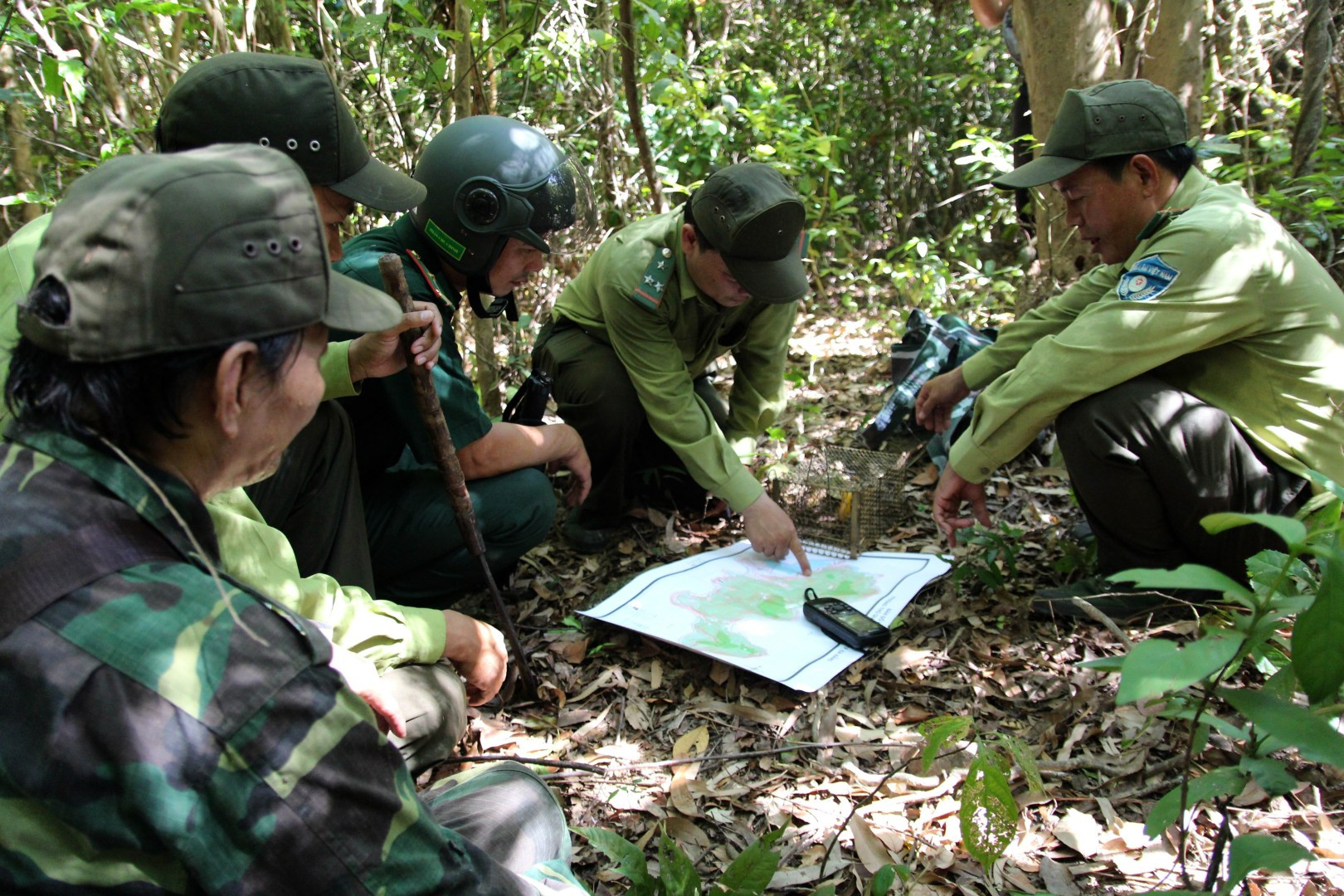
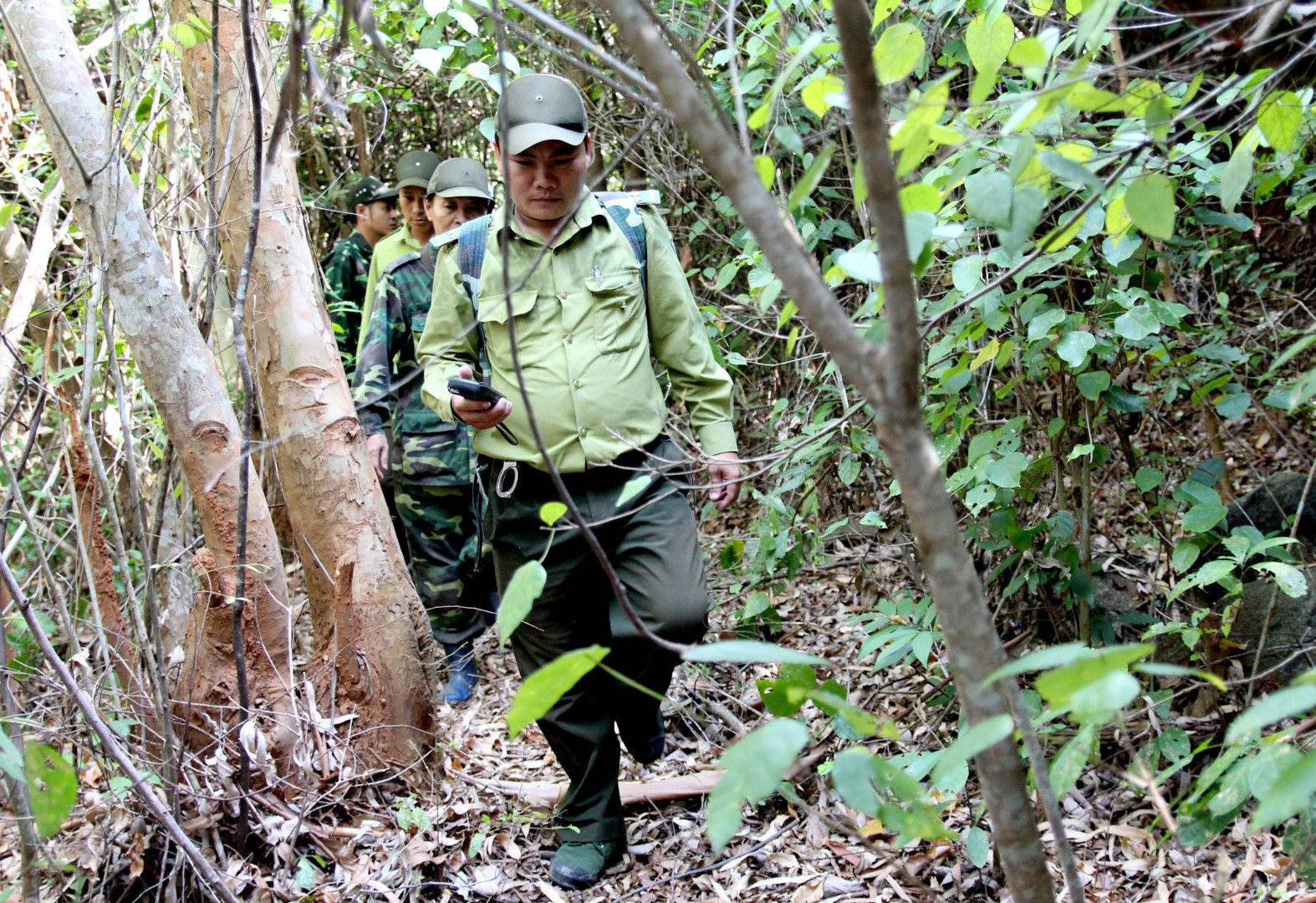
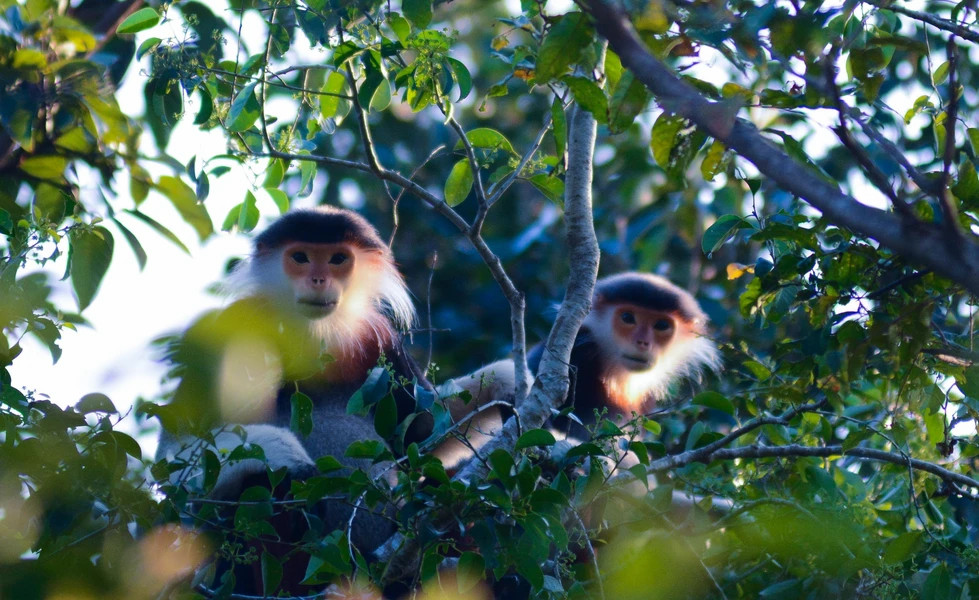
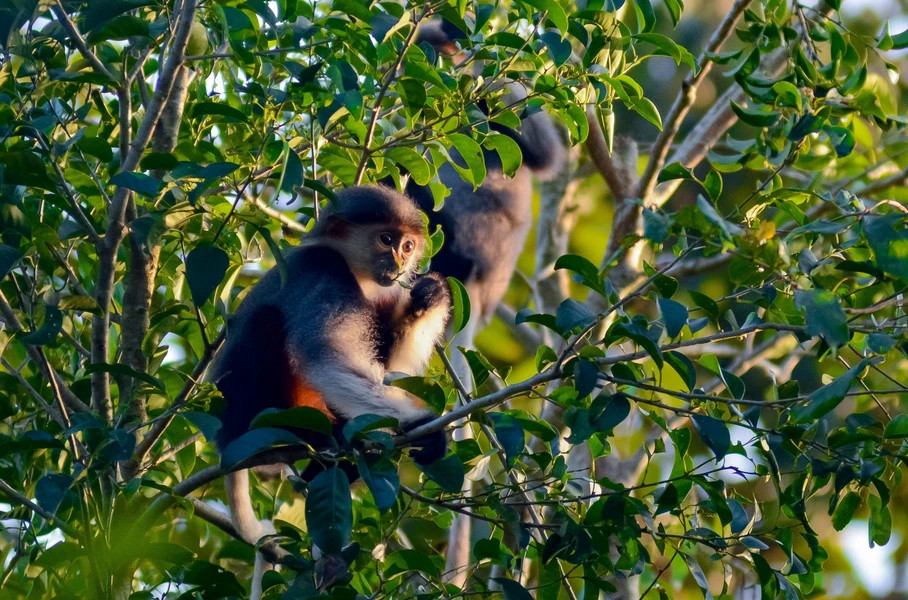
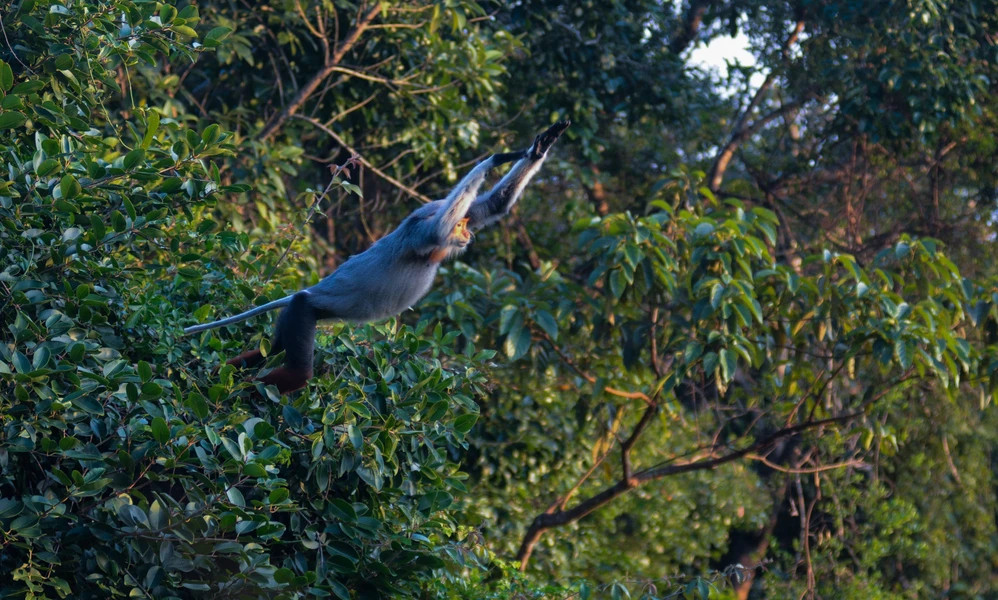
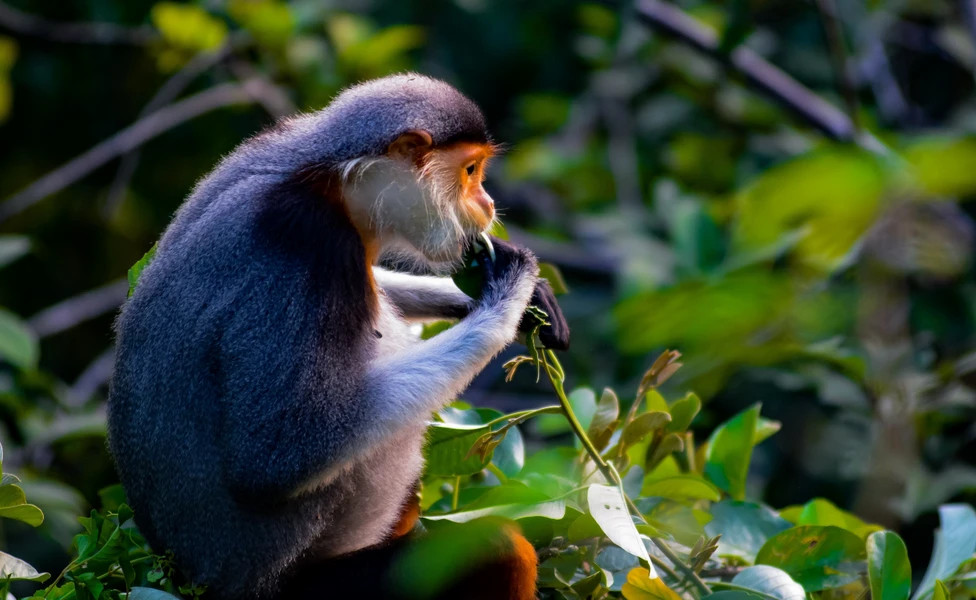
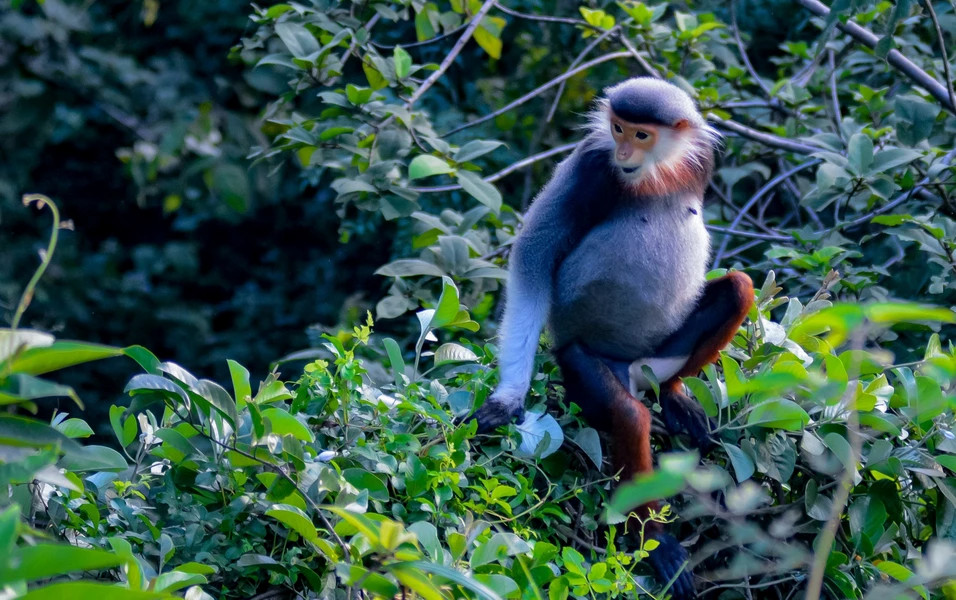
Foundation of life on Earth
The Ministry of Natural Resources and Environment has proposed messages to response to IDB 2024, including “Biodiversity is the foundation of all life on Earth”, “Biodiversity – the value of life from nature”, and “Protection of species, protection of life”, among others.
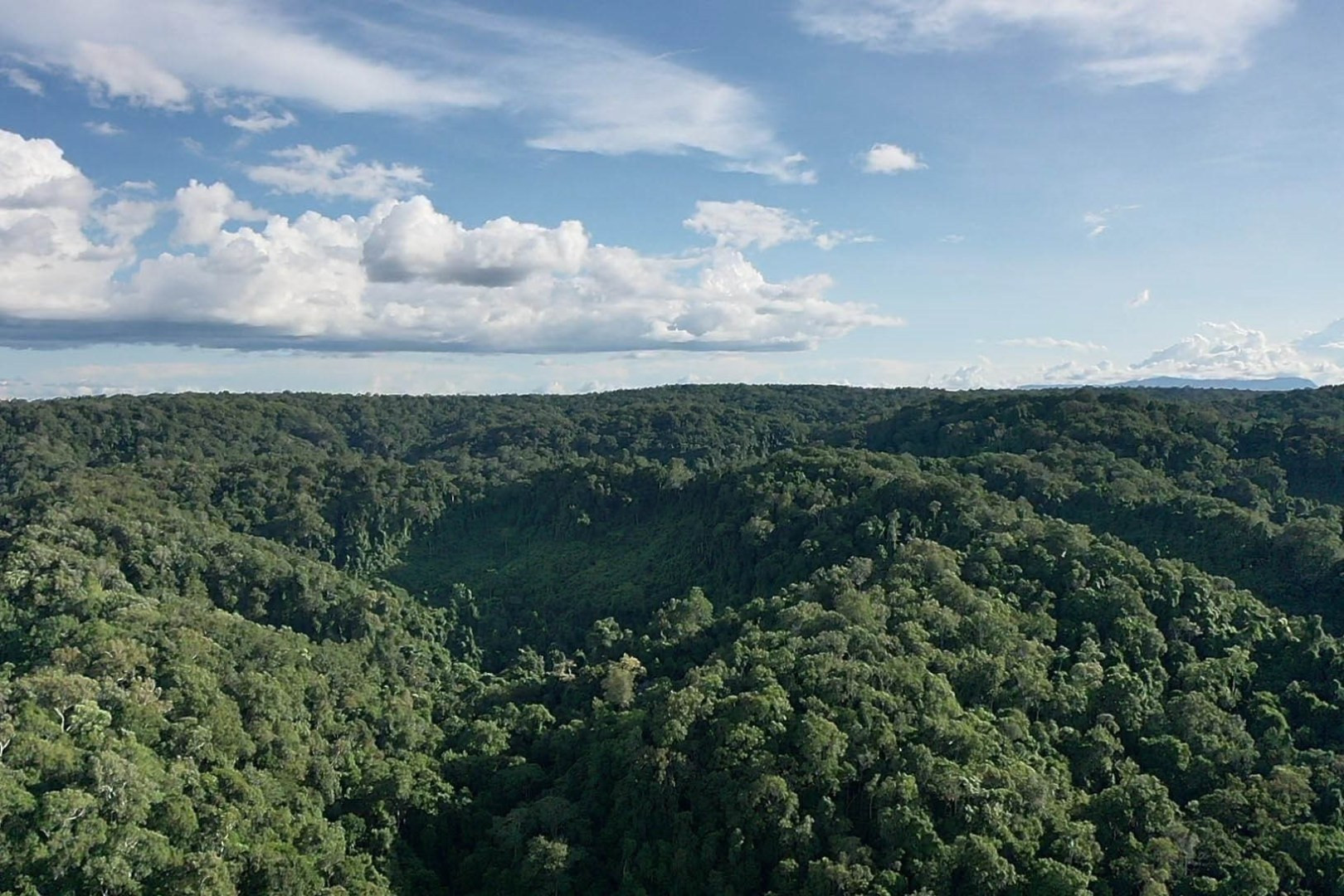
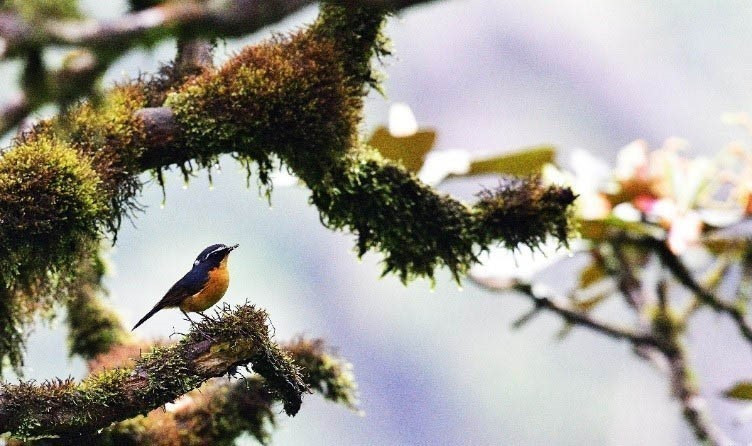
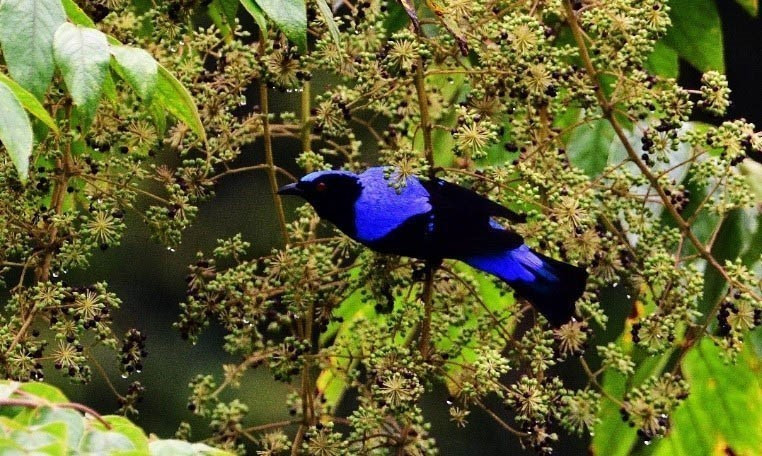
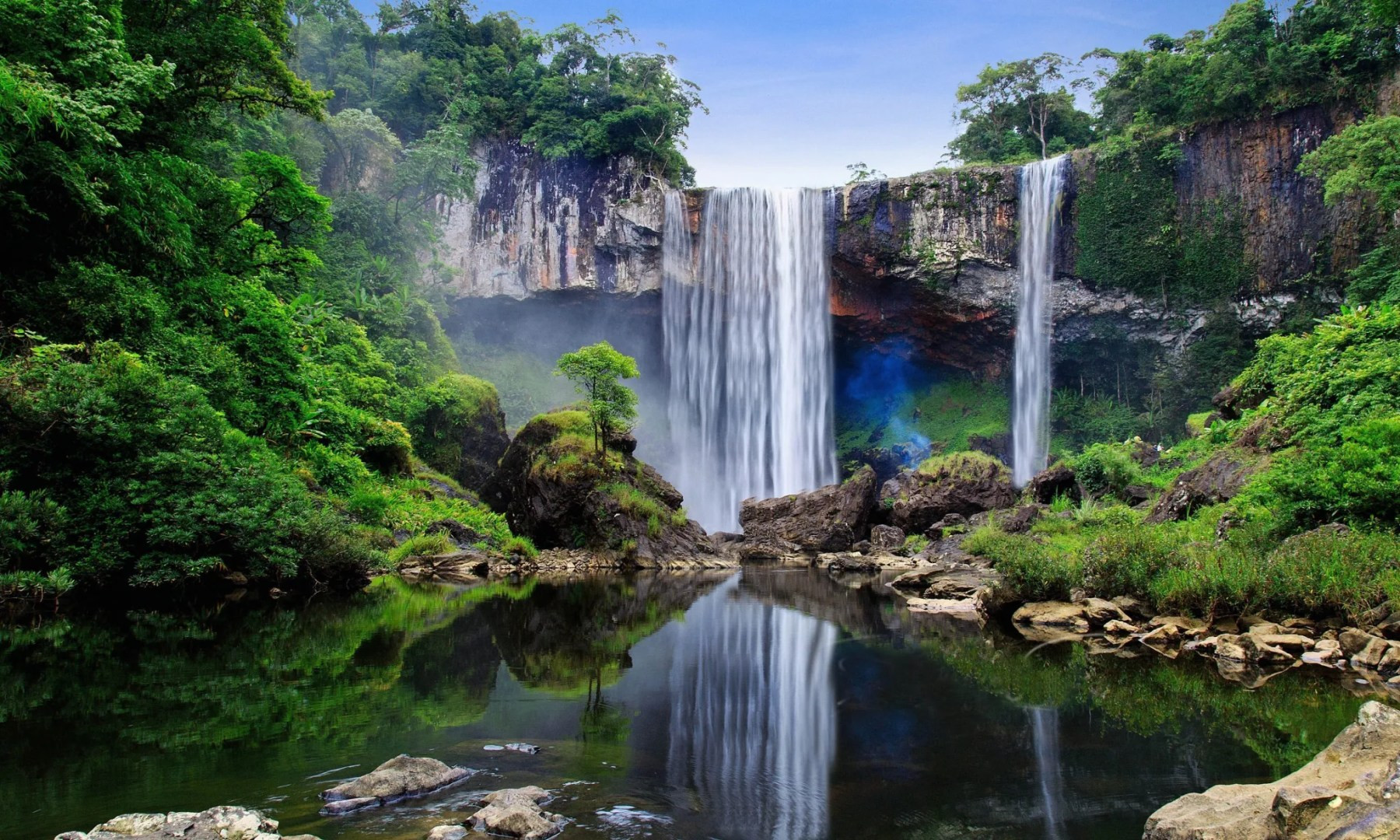
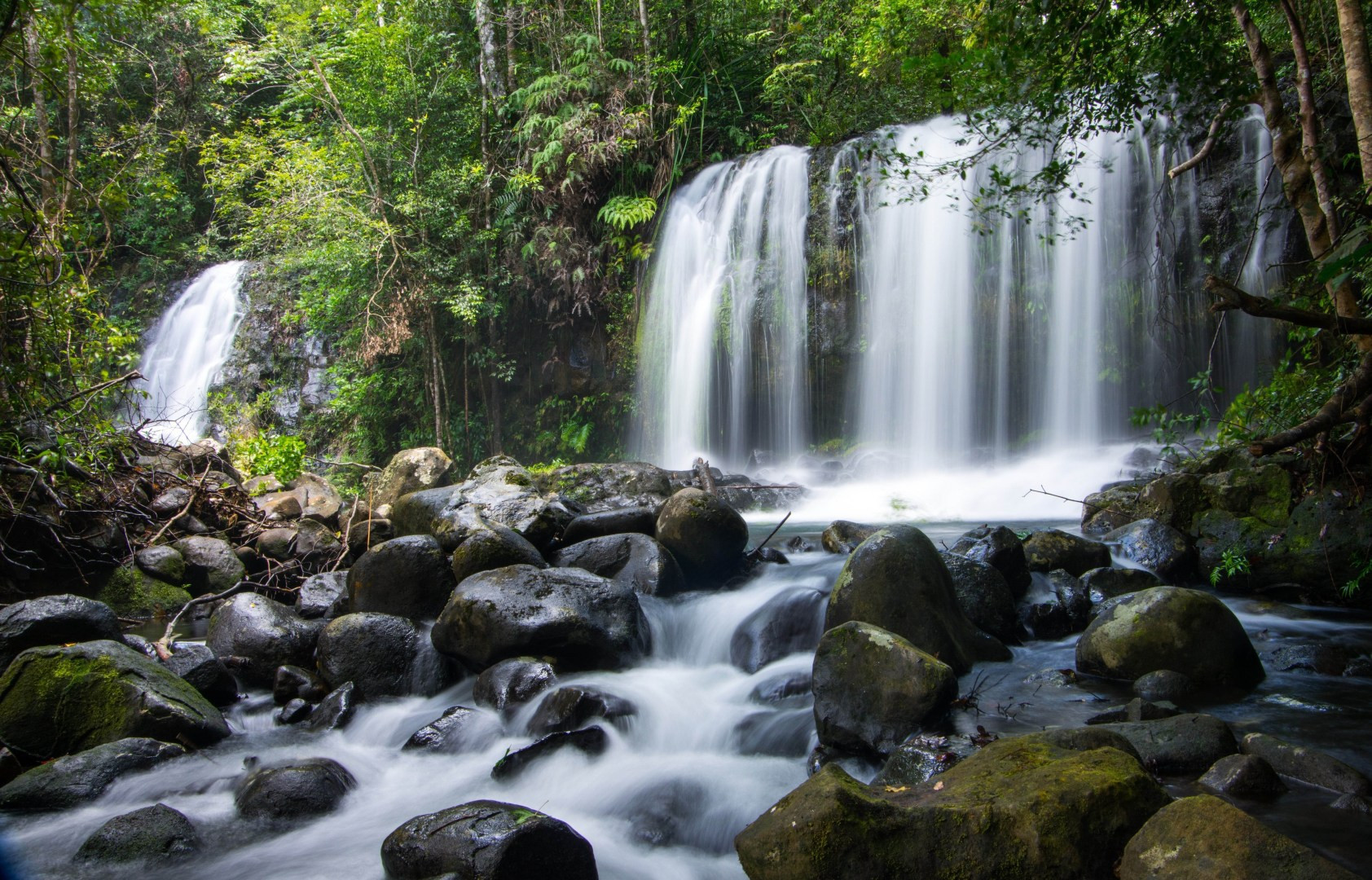
In an effort to implement ambitious targets in the Kunming – Montreal Global Biodiversity Framework, Vietnam has been completing the legal corridor to support biodiversity conservation, and continuing to develop mechanisms related to the national biodiversity conservation planning. It identifies priority subjects for conservation, and endangered species, control of invasive alien species, and building a biodiversity monitoring database.
Vietnam has also paid attention to building capacity for officials, raising awareness of biodiversity conservation, and biodiversity mainstreaming. This includes linking biodiversity conservation with nature-based tourism, projects to apply nature-based solutions to both preserve biodiversity, and mitigate climate change./. VNA
